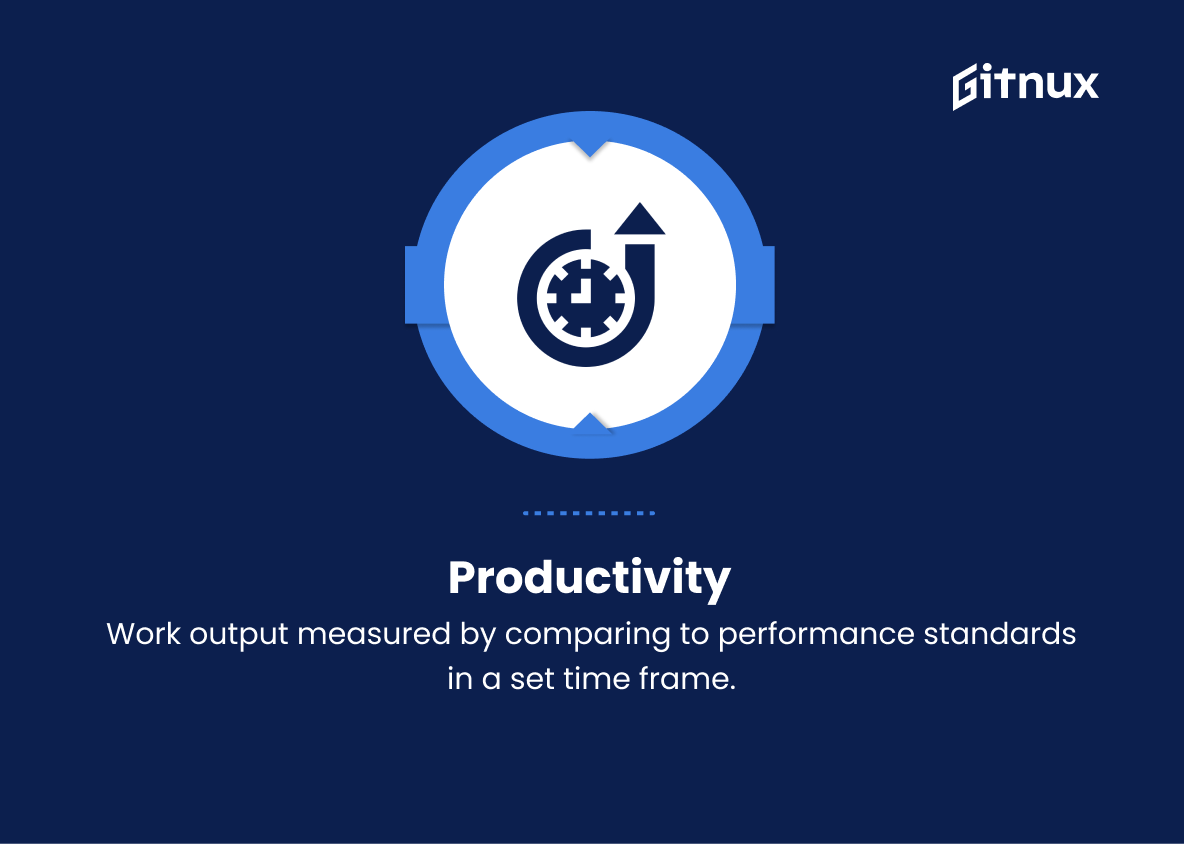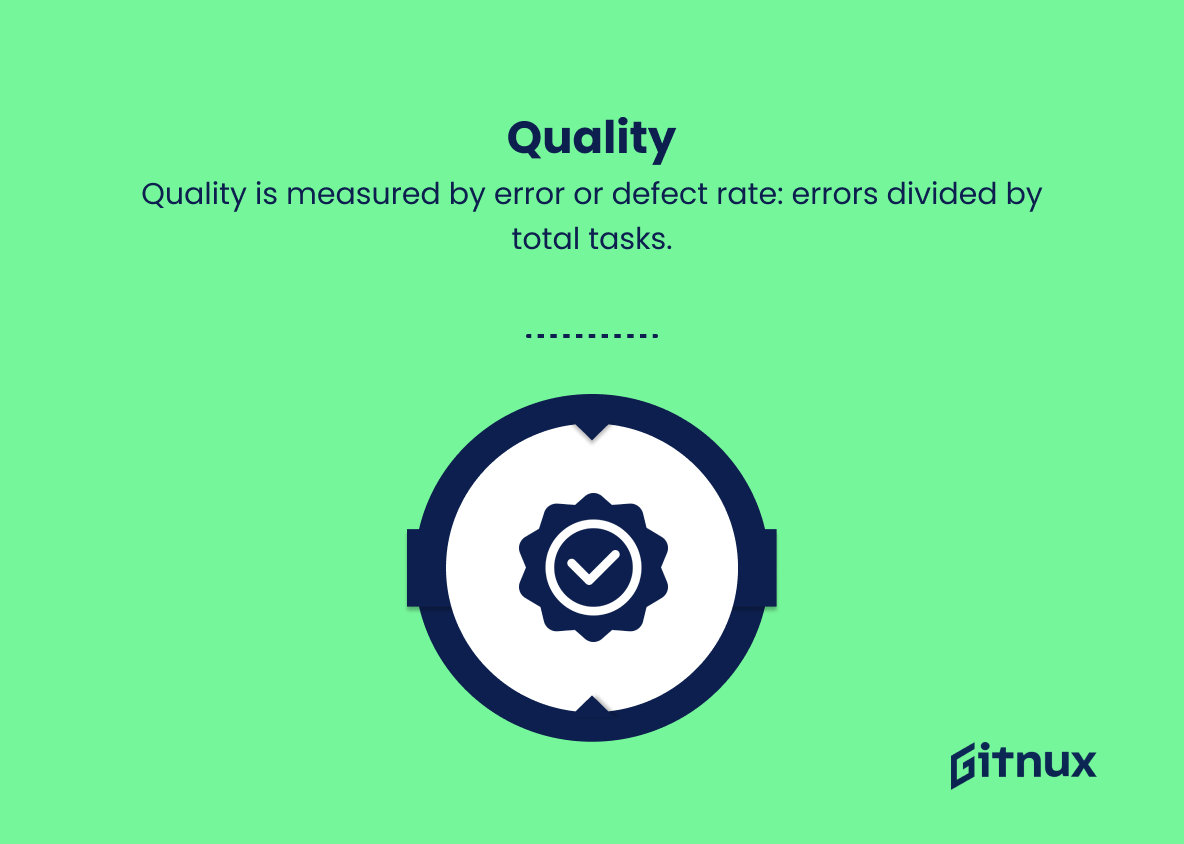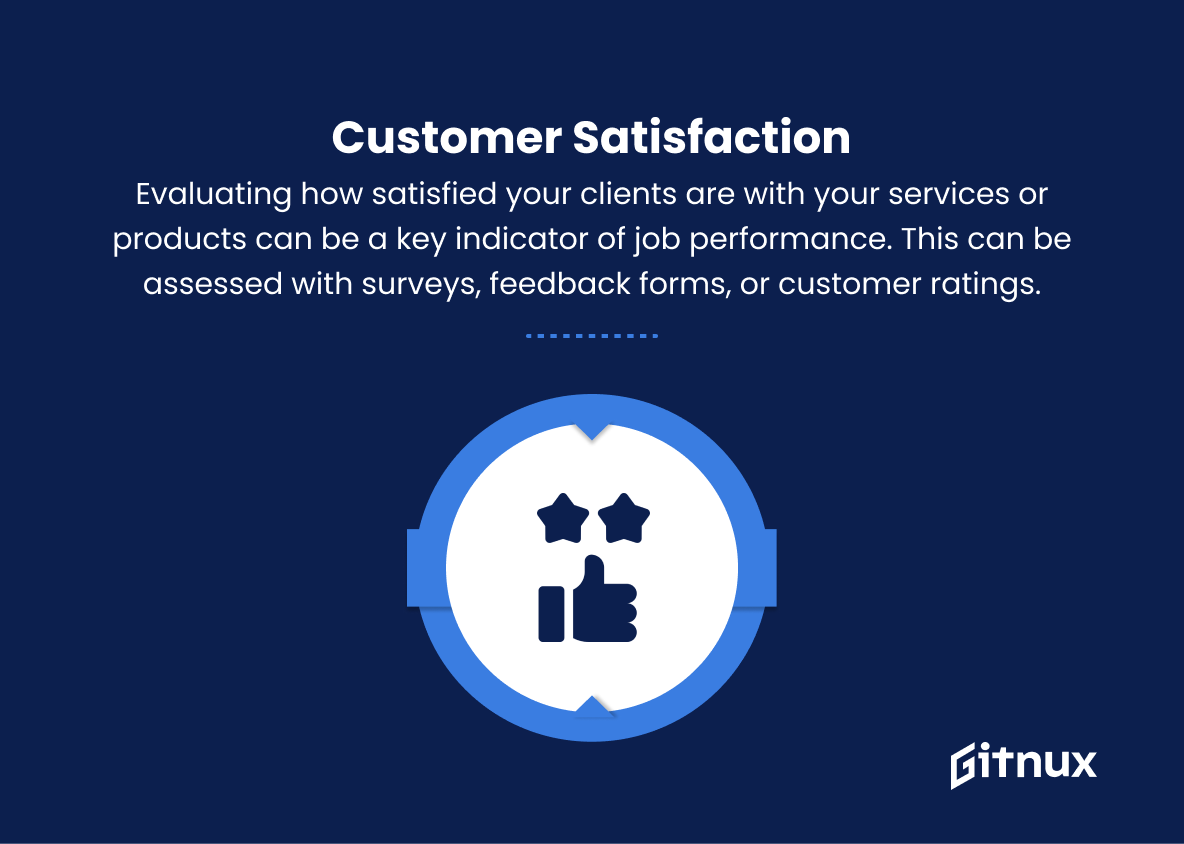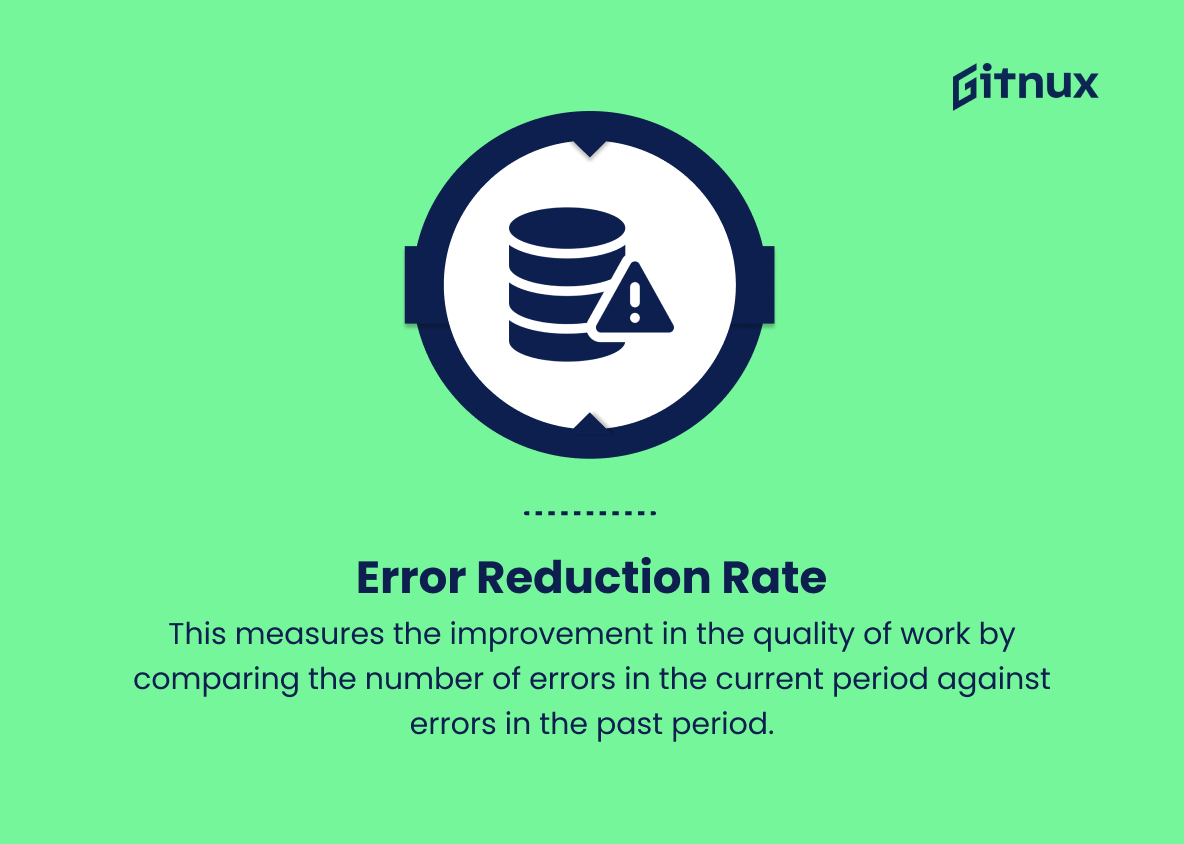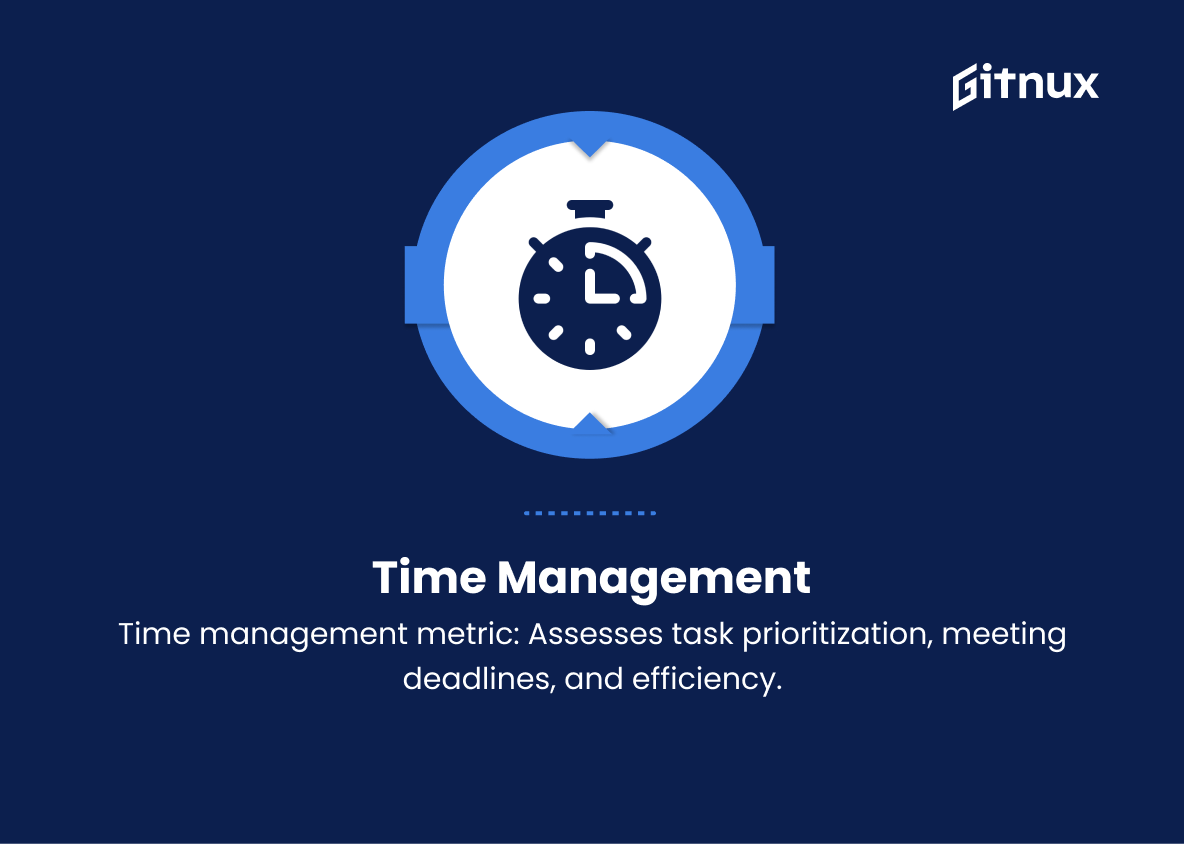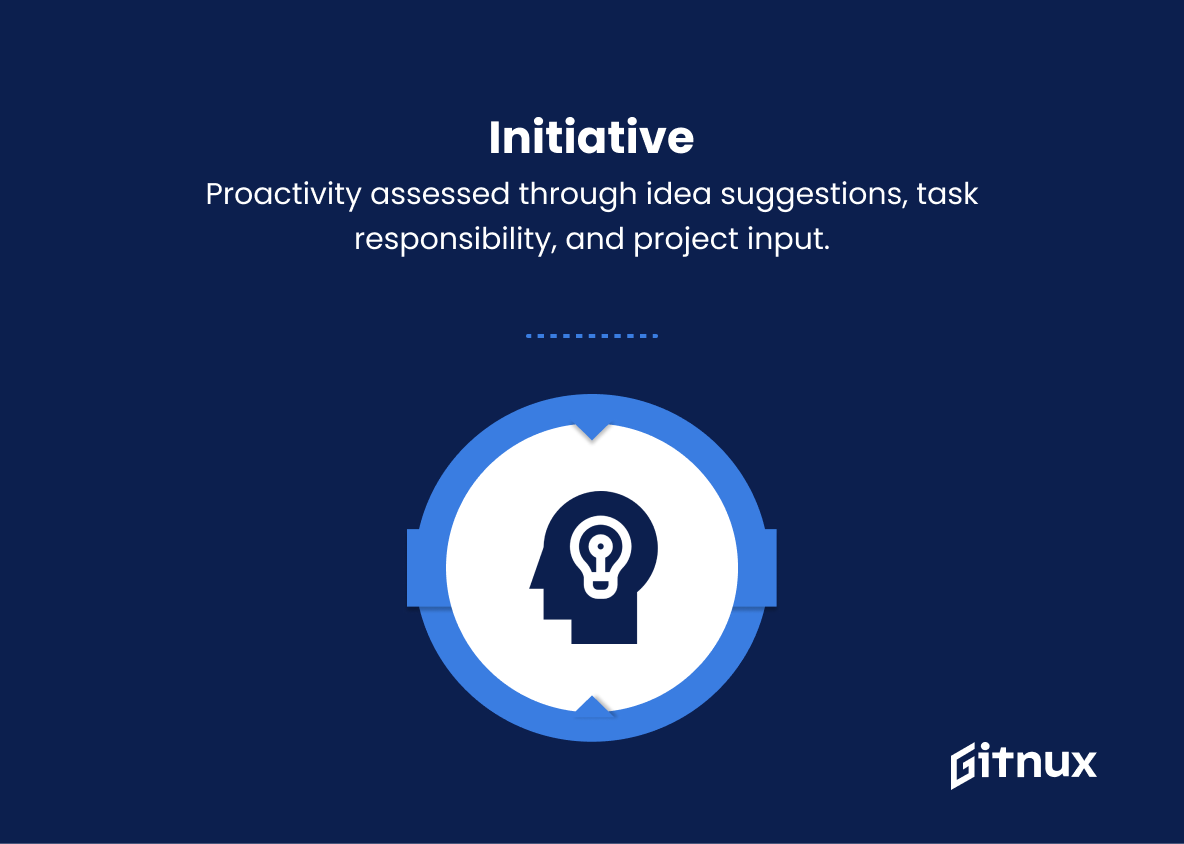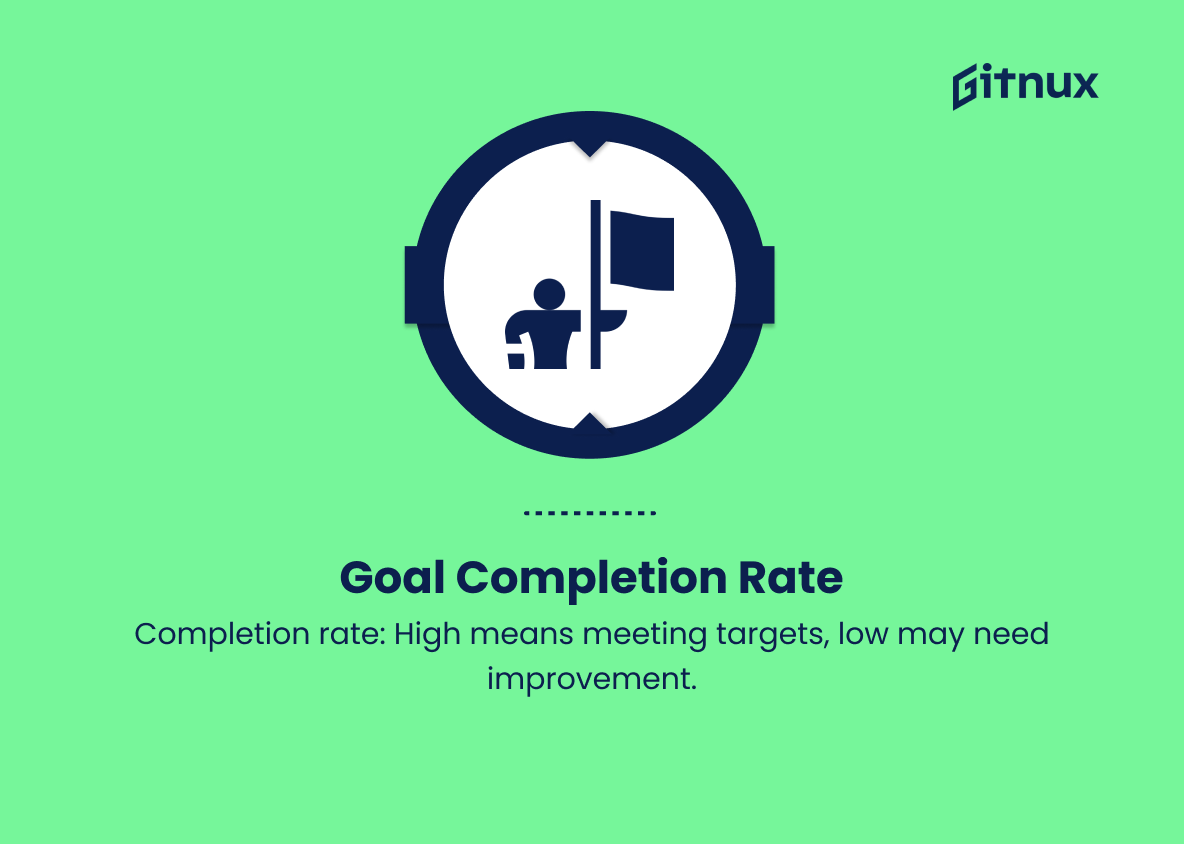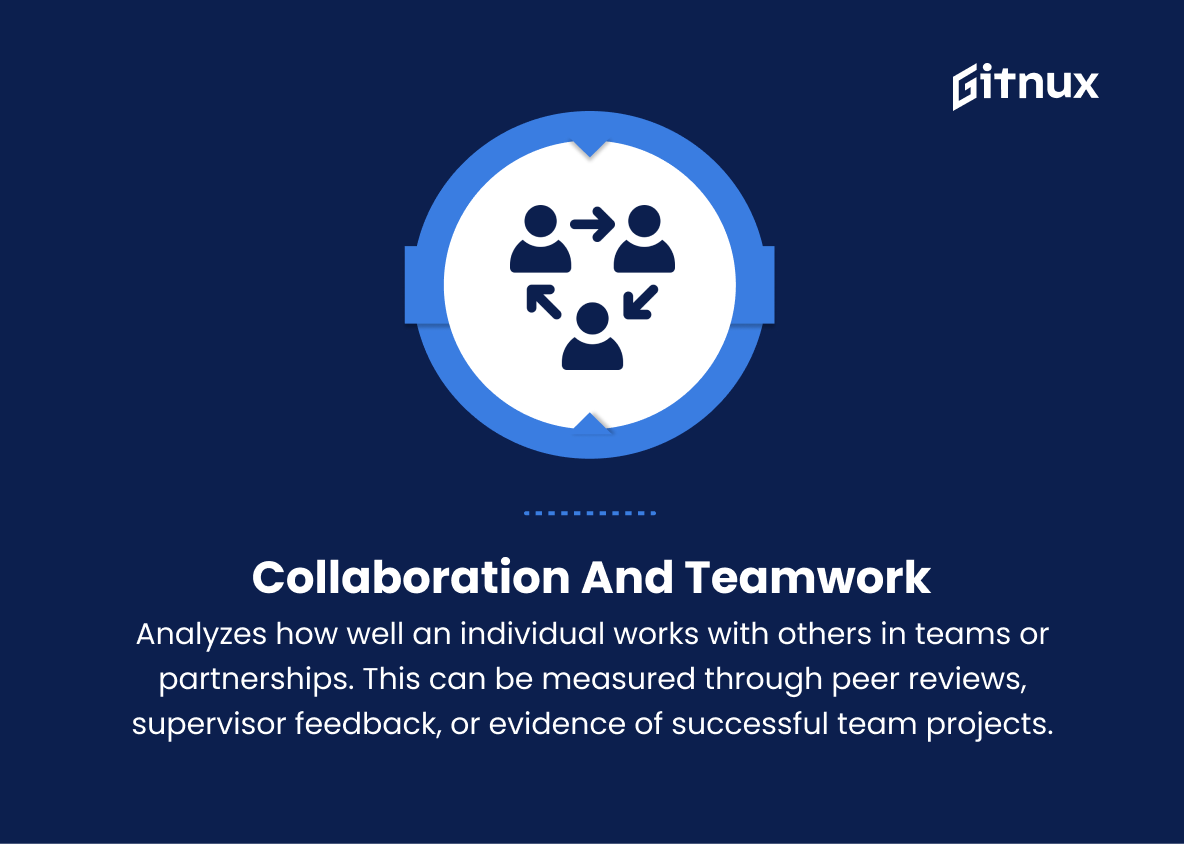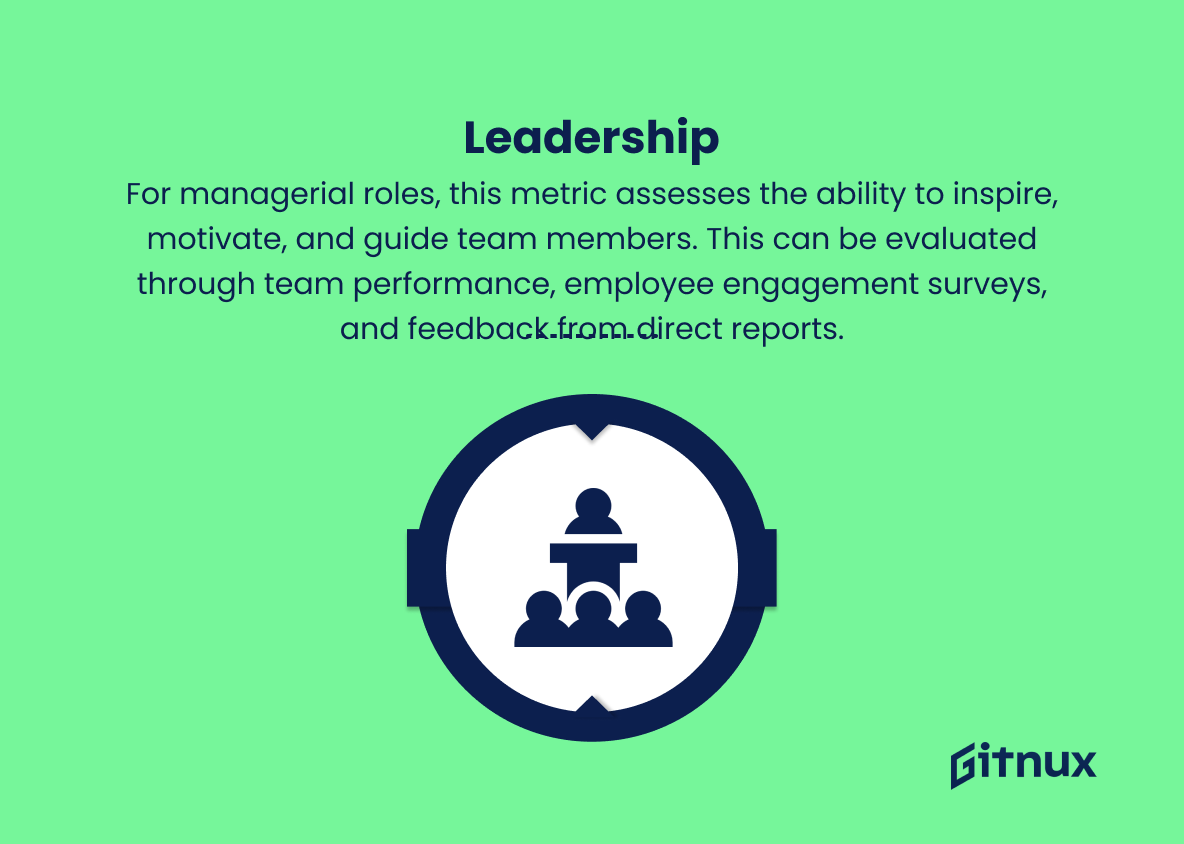In today’s highly competitive and constantly evolving business landscape, measuring and analyzing job performance metrics has emerged as a vital component of effective workforce management. As reality dawned on organizations that an employee’s contribution towards the success of the company extends beyond just meeting timelines and fulfilling obligations—key performance indicators have steadily gained prominence as essential tools in assessing an individual’s true potential.
In this thought-provoking blog post, we will delve deep into the realm of job performance metrics to unravel its significance, the right way to define and measure these parameters, and how results-driven companies utilize this data to drive efficiency, productivity, and ultimately, overall growth. So, whether you are a team leader striving to elevate your team’s performance or an HR professional aiming to refine your company’s talent management strategy, this blog is bound to equip you with valuable insights and practical tips on harnessing the power of job performance metrics.
Job Performance Metrics You Should Know
1. Productivity
This metric measures the amount of work completed by an individual or team within a specific time frame. It can be measured by comparing output against the standard or target performance levels.
2. Quality
It is essential to measure the quality of work in terms of errors, defects, or, accuracy. The error or defect rate can be calculated by dividing the total number of errors by the total number of jobs or tasks.
3. Efficiency
This metric gauges how well resources, such as time and costs, are utilized. Efficiency can be measured using the cost per unit of output or by comparing actual hours spent on a task against the estimated or budgeted hours.
4. Customer satisfaction
Evaluating how satisfied your clients are with your services or products can be a key indicator of job performance. This can be assessed with surveys, feedback forms, or customer ratings.
5. Error Reduction Rate
This measures the improvement in the quality of work by comparing the number of errors in the current period against errors in the past period.
6. Job Knowledge
A metric to gauge the individual’s understanding and familiarity with job-related aspects. This could be assessed by organized assessments, quizzes or keeping track of role-related educational initiatives.
7. Time management
This metric evaluates the individual’s ability to prioritize tasks, adhere to deadlines, and work efficiently. Time management can be assessed by monitoring missed deadlines, punctuality, and workload management.
8. Adaptability
The ability of an employee to adjust to changing conditions, learn new skills, and handle new tasks effectively. This can be appraised by observing how well employees tackle difficult problems or react to unexpected changes.
9. Attendance
Measures an employee’s punctuality and attendance record, which can impact overall performance. This can be analyzed through the number of absences, tardiness, and adherence to scheduled work shifts.
10. Initiative
Evaluates an individual’s ability to proactively identify opportunities and make improvements. This can be measured by recording instances when the employee suggested useful ideas, took responsibility for additional tasks, or provided valuable input on projects.
11. Goal Completion Rate
This metric gauges success in achieving set targets, goals or KPIs. A high completion rate indicates that an employee is consistently meeting expectations, while a low rate reflects a possible need for improvement.
12. Communication Skills
This assesses the ability of an employee to convey ideas and information effectively. Communication skills can be evaluated through feedback from colleagues or supervisors, quality of reports or presentations, and team collaborations.
13. Collaboration and Teamwork
Analyzes how well an individual works with others in teams or partnerships. This can be measured through peer reviews, supervisor feedback, or evidence of successful team projects.
14. Leadership
For managerial roles, this metric assesses the ability to inspire, motivate, and guide team members. This can be evaluated through team performance, employee engagement surveys, and feedback from direct reports.
15. Learning and Development
This metric measures an employee’s commitment to their professional growth, skill improvement, or the adoption of new technologies. This can be assessed by tracking completed training, new certifications, or participation in workshops and seminars.
Job Performance Metrics Explained
Job performance metrics play a crucial role in gauging the success and effectiveness of individuals and teams within an organization. Metrics such as productivity, quality, efficiency, and customer satisfaction help assess an employee’s ability to complete tasks accurately, efficiently and to the satisfaction of clients. In addition, error reduction rate, job knowledge, time management, adaptability, attendance, and initiative offer insights into an employee’s growth, adaptability, and willingness to contribute positively to the organization. To maintain healthy team dynamics and interpersonal relationships, it is essential to monitor communication skills, collaboration, and teamwork.
For those in leadership roles, leadership metrics evaluate their capacity to motivate and guide their teams towards success. Lastly, learning and development metrics track an employee’s dedication towards personal and professional growth, reflecting their potential to contribute to the organization’s long-term success. Together, these performance metrics provide a comprehensive view of an employee’s abilities, strengths, and areas for improvement, empowering organizations to make informed decisions in employee evaluation and development.
Conclusion
In conclusion, job performance metrics are an essential tool for businesses to assess, manage, and improve employee performance. By establishing clear expectations, setting goals, and monitoring progress, managers and employees can work together to create a culture of continuous growth and achievement. Ultimately, implementing performance metrics not only serves to enhance productivity and efficiency but also fosters a thriving work environment that values communication, recognition, and personal development.
To reap the full benefits, it is crucial to choose the right combination of metrics and ensure they align with the overall objectives of the organization. In a world of constant evolution, staying up-to-date with the latest methodologies and best practices in performance management can help ensure long-term success for both the employees and the businesses they serve.
